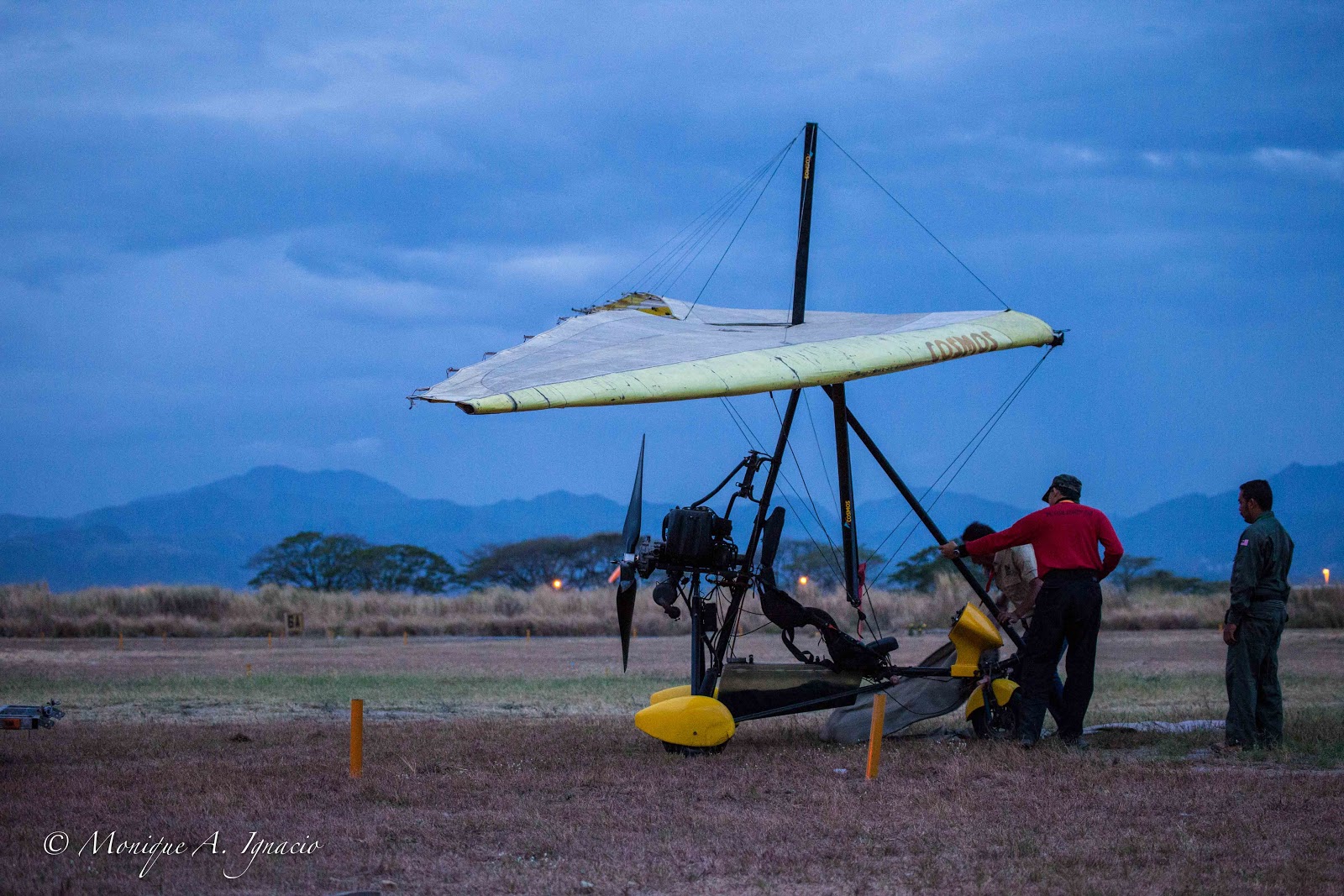

- #Powered hang glider mosquito portable#
- #Powered hang glider mosquito series#
- #Powered hang glider mosquito free#
Then on JJohn Moody demonstrated ultralight aviation at the annual EAA fly-in convention in Oshkosh, Wisconsin, with a foot launched McCulloch 101 powered Icarus II in front of thousands of spectators, starting the modern ultralight aviation revolution in the United States. Moody opened the throttle and ran until he lifted from the frozen surface of a lake west of Racine, Wisconsin, and he flew for 30 minutes. On MaJohn Moody successfully added a 12.5 hp (9 kW) West Bend engine with a 71 cm (28 in) propeller to an UFM Easy Riser biplane hang glider designed by Larry Mauro.

During 1967 Barry Palmer built what is likely the first weight-shift powered trike aircraft. It is now estimated that a modern flexible Rogallo wing hang glider requires at least 6 hp (4 kW) at the prop shaft and about 45 lbf (200 N) of thrust just to maintain level flight. However, the engine was quite underpowered and the craft could not achieve flight. It was powered by a 7 hp (5 kW) West Bend engine and mounted on top of a Rogallo-type flexible wing hang glider the propeller was 3 feet (1 m) in diameter and was made of balsa wood, covered with fiberglass and mounted in pusher configuration.
#Powered hang glider mosquito free#
In 1963 and during his free time, aeronautical engineer Barry Palmer built and experimented with a foot-launched powered hang glider at Bloomfield, Connecticut. Hang gliding record holder Don Mitchell fitted his BF-10 with a motor, though he still used the pilot's legs as undercarriage, an arrangement which persisted until his B-10 Mitchell Wing appeared. Differently, a rigid biplane designed also by teenager Taras Kiceniuk, Jr-the Icarus II-was a foundation for a modification in Larry Mauro's UFM Easy Riser which biplane started to sell in large numbers Larry Mauro would power his tail-less biplane one version was solar powered called the Solar Riser. The Icarus V flying wing appeared with its tip rudders and swept-back style wing was used as a base for some powered experiments.
#Powered hang glider mosquito series#
Surprisingly, what really launched the powered ultralight aviation movement in the United States was not the Rogallo flexible wing but a whole series of rigid-wing motorized hang gliders.
#Powered hang glider mosquito portable#
Inventors from Australia, France and England produced several successful microlight motor gliders in the early 1970s and very few were portable wings. These early experiments went largely unrecorded, even in log books, let alone the press, because the pioneers were uncomfortably aware that the addition of an engine made the craft liable to registration, airworthiness legislation, and the pilot liable to expensive licensing and probably, insurance. For a second time in aviation history, during the 1970s, motorization of simple gliders, especially those portable and foot-launched, became the goal of many inventors and gradually, small wing-mounted power packs were adapted. A post-crash fire occurred that was subsequently extinguished by local fire services.While powered microlights (ultralights) developed from Hang gliding in the late 1970s, they were also a return to the type of low-speed aircraft that were common in the earlier years of aviation, but which were superseded as both civil and military aircraft pursued more speed. Video footage obtained by the Investigation briefly showed the helicopter descending in a steep nose-down attitude in the final moments of the flight. The data indicates that the helicopter was at an altitude of approximately 1,600 ft at this stage. The last recorded radar position was approximately 0.3 NM (556 m) south-east of the accident site at 15:45 hrs.

Kildare and located approximately 6.7 NM north-east of Kilrush Airfield. The radar data also indicates that the helicopter continued generally north-eastwards past Kilrush and towards the Kennycourt area, which is also in Co. The radar data indicates that at 15:32 hrs, when the helicopter was approximately 0.7 nautical miles (NM) to the south-west of Kilrush Airfield and at an altitude of approximately 1,900 feet (ft), it turned right (north-east). At 15:26 hrs, the Pilot reported to Shannon FIS that he was 'switching now to Kilrush frequency'. At 14:58 hrs, the Pilot contacted Shannon FIS to advise that he was 'lifting out of Rosslare for Kilrush Airfield', which is located in Co. Wexford, 'enroute to Rosslare and then over to Kilrush Airfield'. The Pilot of the helicopter contacted the Flight Information Service (FIS) at Shannon ATC at 14:32 hrs on the day of the accident to report that he was departing from Ballygarret, Co.


 0 kommentar(er)
0 kommentar(er)
